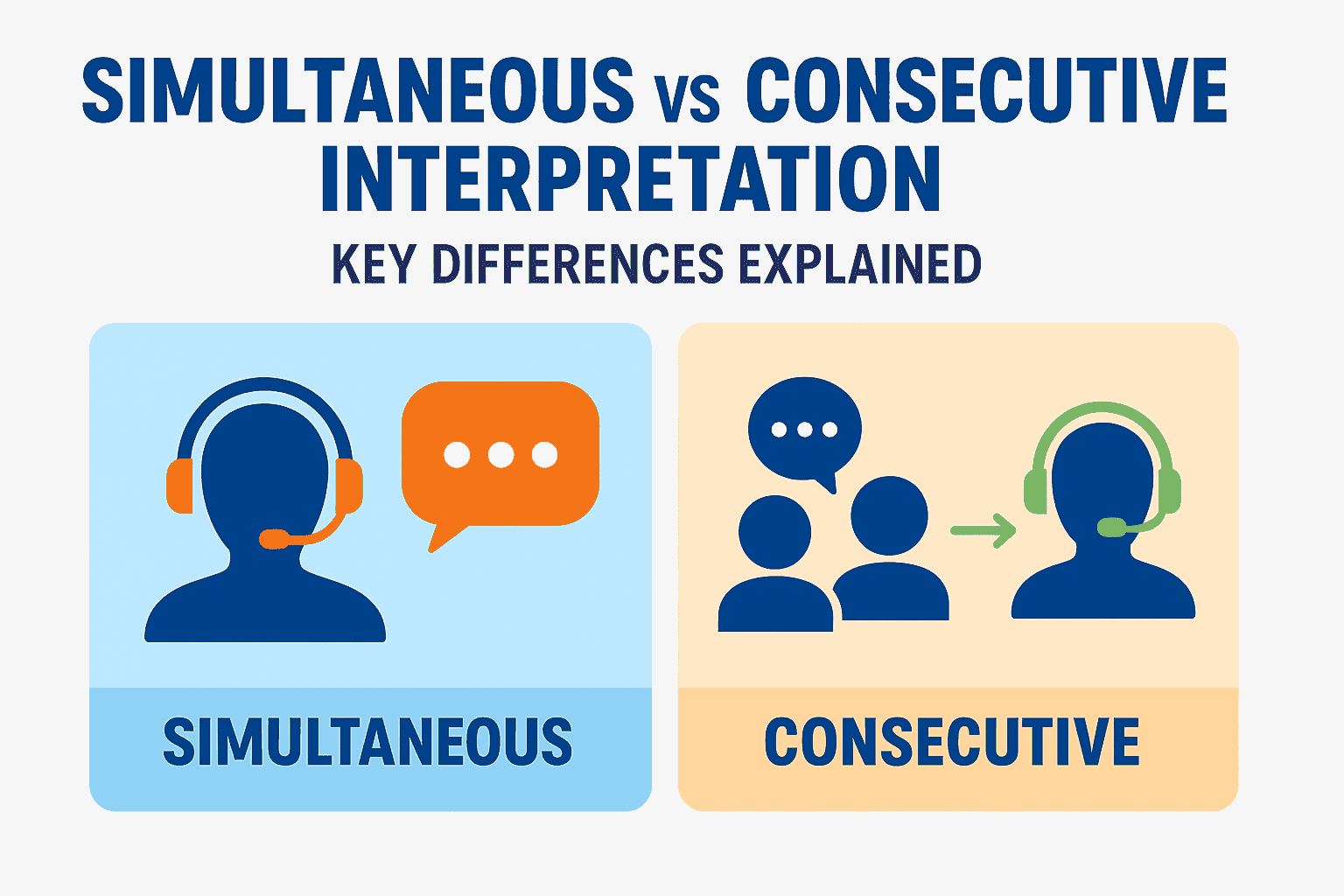
The Trends of Translation Industry in 2022
The language
service industry has been booming for quite a few years. It has been showing
steady growth for quite some time now. As of the year 2020, the market worth of
this industry stood at around 48 billion. This growth is expected to continue
into this year. The market value of the languages industry is estimated to be
between 54.8 billion and 57.7 billion. In this article, we shall discuss the
trends that the translation industry is expected to see in the year 2022. India
is thriving well in this industry, and it won’t be difficult to find out a
top-rated translation services company in India.
· Evolution of machine
translation:
Google Translate has often been trolled for inaccurate translations and has
been the butt of ridicule for quite some time now. However, it may be noted
that with advancements in technology and artificial intelligence, the flaws of
translation software are gradually being addressed. Machine translation in
today’s age is far more accurate and improved as compared to the first efforts
of Google Translate back in the year 2006. It can be said that if the
improvements in translation software maintain their current pace then, an
automated translation could one day prove to be the bread and butter of the
translation industry.
· MTPE (Machine Translation
Post-Editing):
Not so long ago, translation agencies would induct translators in order to
proofread and correct the inaccurate output of automated translation software.
It was mainly due to the poor quality of automated translation available at
that time. But now, the scenario is quite different. Machine and men work in
tandem in order to produce accurate translations, which are less time-consuming
as well as highly cost-effective. This trend is set to catch on this year due
to its ease of use and cheap cost.
· Increasing use of
collaboration tools:
As the world adjusted to the new normal, working remotely fast became a global
trend. However, translators had been using this avenue for a long time before
the pandemic hit. But, the pandemic has led to changes in the way they have
been working. Video calling has improved considerably. New collaboration tools
and localization platforms have been introduced and are now being widely used.
Kanban boards like Trello have caught on. Tech firms are trying to create tools
that shall facilitate remote working. Hence, we can expect the advent of newer,
more improved tools that facilitate our lives by helping us work remotely.
· Translation of speech:
Microsoft Azure has claimed that it can provide speech-to-speech as well as
speech-to-text translation services using a single API. Speech recognition
software has improved over the years. You can now dictate an article rather
than take the pain of typing it out. It is both accurate as well as fast. These
tools are expected to improve and include new features in the near future.
· Media Localization:
It is the process of taking media content such as podcasts, blogs, movies,
audio programs, and so on. The localization of media is presenting them with
new audiences, who speak a different language. Media localization is not as
easy as it sounds since translations should be made keeping in mind the ethnic
outlook of the new audience, the cultural differences, as well as proper tone
of voice. A small example of this is the widely acclaimed web series like Money
Heist and Squid Game. Effective translation services have made these shows
accessible to the global audience, which otherwise would have been confined to
Spain or Korea.
· E-learning:
Rapidly growing e-learning platforms are trying to access the multi-linguistic
market. People are taking up professional and education courses online in order
to advance their careers or educational degree. Training providers are trying
to capitalize on this trend by providing courses in multiple languages. Thus a
person from China can now take up a course that is originally taught at a
German university.
· Business Translation:
Businesses are now going global. The modern man uses the internet extensively.
Hence, retailers or manufacturers are trying to expand their service area in
order to cater to new target consumers. Now, one can order a product from China
sitting at his home in a village in India.
In order to be presentable to this new audience, companies need to display
their web pages and catalogues in the local language of the consumer. Here
comes the use of Business Translation. Translators are being hired by companies
in order to translate their advertisements and marketing brochures.
· Medical Translation:
Medical translations have always been a part of specialized service. Only
translators having some amount of medical knowledge have been offered these
jobs over the years. This is due to the necessity of using the appropriate
medical terminology and scientific notations during translations. These
translators usually charge more than the industry average due to the
technicality of their work.
With the advent of the Covid-19 pandemic, the need for collaboration over
medical research has increased manifolds. Medical practitioners and researchers
have been communicating with each other across continents. Doctors, nurses, and
governments officials working to combat the spread of the pandemic have been
exchanging information and updates on a regular basis. Any new form of
treatment or knowledge about a new strain of the virus needs to be communicated
to the whole world on an urgent basis. This has led to a boost in the
requirement of medical translation services.
After a few initial glitches, the channels for these medical translations are
now established. However, with the rapid spread of the Omicron variant, the
need for these services is likely to keep on increasing.
· The demand for different
languages:
It is said that there are around 7139 languages spoken worldwide. Among these,
some languages are increasingly getting popular among the masses. In terms of
numbers of people speaking the language, English, Arabic, and Portuguese are
set to be the most popular languages in the near future. In terms of the rate
of increase in the number of speakers, Chinese, Hindi, Indonesian, Korean, and
Urdu may soon be at the top of the list. Hence it can be concluded that
translators who work in the above-mentioned languages shall have plenty of work
this year.
These trends are set to define the translation industry this year and the years
to come. It is, therefore, a good time to get in touch with some translation services company in India
in order to expand your business overseas and therefore increase profits.



